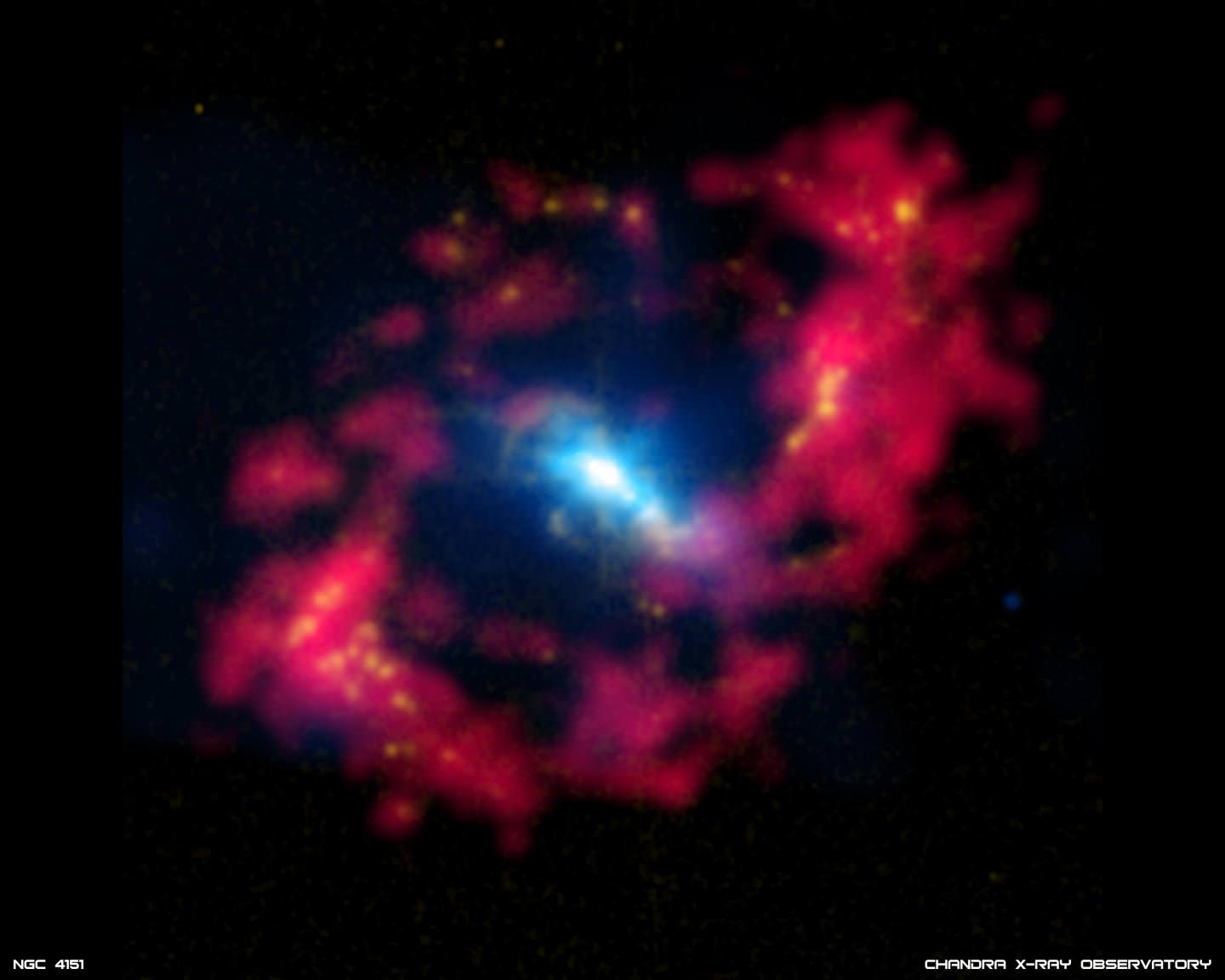Determining the distance of galaxies from our Solar System is a tricky business. Knowing just how far other galaxies are in relation to our own is not only key to understanding the size of the universe, but its age as well. In the past, this process relied on finding stars in other galaxies whose absolute light output was measurable. By gauging the brightness of these stars, scientists have been able to survey certain galaxies that lie 300 million light years from us.
However, a new and more accurate method has been developed, thanks to a team of scientists led by Dr. Sebastian Hoenig from the University of Southampton. Similar to what land surveyors use here on Earth, they measured the physical and angular (or apparent) size of a standard ruler in the galaxy to calibrate distance measurements.
Hoenig and his team used this method at the W. M. Keck Observatory, near the summit of Mauna Kea in Hawaii, to accurately determine for the first time the distance to the NGC 4151 galaxy – otherwise known to astronomers as the “Eye of Sauron”. Continue reading ““Eye of Sauron” Galaxy Used For New Method of Galactic Surveying”

